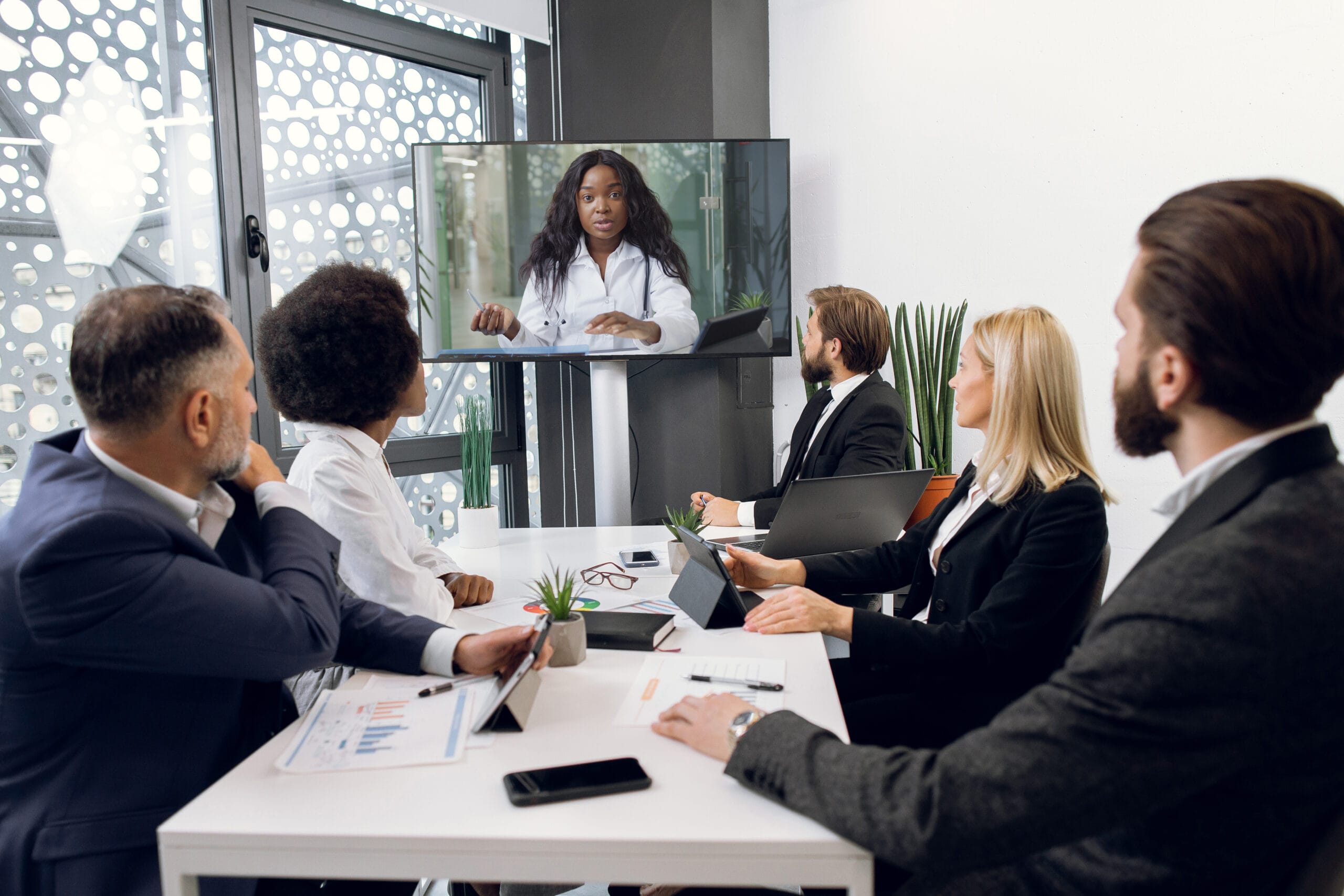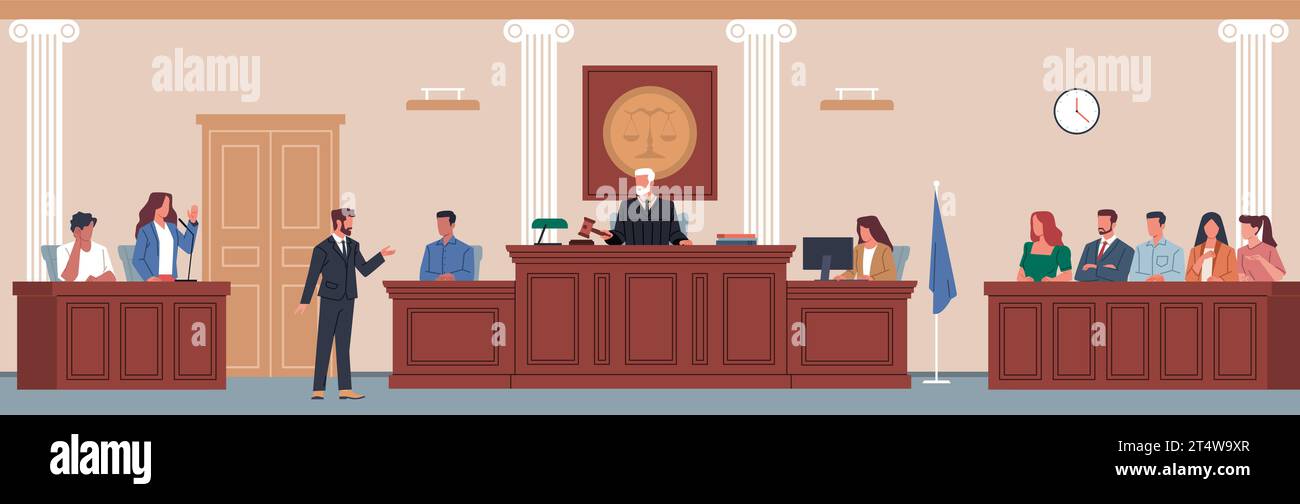Simplify legal arguments with interactive and structured trial presentations for better case presentation.
Simplify legal arguments with interactive and structured trial presentations for better case presentation.
Blog Article
Exactly How Test Presentations Enhance Your Argument and Persuade Jurors
Test presentations offer as a pivotal system for boosting legal arguments and encouraging jurors. The critical usage of visuals not only makes clear complex details but additionally catches jurors' interest much more efficiently than words alone.

Importance of Visual Aids
Aesthetic aids play an essential role in enhancing the effectiveness of test presentations, as they can considerably increase target market involvement and retention of details. In the context of a test, where jurors are tasked with processing complex information, aesthetic help serve to simplify and clarify key factors. Charts, graphs, and photos can share information and concepts that may or else overwhelm or confuse jurors, enabling an extra simple understanding of the evidence presented.
Furthermore, aesthetic aids help in maintaining juror focus throughout the proceedings. By breaking the monotony of spoken statement, these devices can stress critical arguments, making them much more memorable. Effective aesthetic help can also stimulate psychological reactions, which can be critical in persuading jurors to align with the presenter's story.

Crafting Engaging Stories
An engaging narrative is important in test presentations, as it offers as the foundation of effective persuasion. It permits attorneys to weave with each other realities, proof, and emotional elements into a systematic tale that reverberates with jurors. This narrative framework allows jurors to understand the intricacies of the instance while directing them through the lawyer's disagreement.
To craft a compelling narrative, lawyers must concentrate on clearness and coherence. In addition, the usage of vibrant summaries can develop psychological pictures that assist jurors envision the events, making the narrative extra unforgettable.
Moreover, integrating essential styles throughout the discussion strengthens the core message and help in retention - trial presentations. The story needs to not only share information yet additionally stimulate a feeling of justice, highlighting the stakes involved. Ultimately, a well-constructed story fosters a connection in between the jurors and the instance, placing the attorney's disagreement as both credible and compelling, thus increasing the possibility of a favorable decision

Involving the Jury Mentally
Effective jury involvement pivots on the attorney's capability to attach with jurors on an emotional degree. This link can significantly affect jurors' assumptions and their best decision-making. Making use of sob stories allows attorneys to humanize the situation, transforming abstract lawful ideas into relatable experiences. By offering real-life stories or endorsements, lawyers can evoke empathy and compassion, fostering a much deeper understanding of the problems at stake.
Aesthetic help, such as photos or videos, can better boost emotional engagement, giving jurors with brilliant representations of the case's human aspects. top article Crafting a narrative that highlights the battles and triumphs of the people involved makes sure that jurors see beyond the legal debates and recognize the human consequences of their decisions.
Moreover, tone and body language play a critical function in communicating emotion. An attorney's passionate shipment can resonate with jurors, reinforcing their emotional financial investment in the instance. It's necessary to stabilize sob stories with factual proof, ensuring the original source that jurors really feel compelled to act while staying based in the truth. Eventually, a mentally involved jury is more probable to be persuaded, making psychological connection an essential component of efficient test discussions.
Structuring Your Discussion

The body of the presentation should be realistically fractional into bottom lines, each supported by compelling proof. It is useful to make use of narration strategies to weave realities right into a story that jurors can easily follow. Visual aids, such as graphes and videos, can enhance understanding and engagement, aiding to highlight crucial pieces of proof.
Real-World Case Research Studies
Examining real-world case studies provides very useful insights into the art of test discussions and persuasion. The landmark case of "O.J. Simpson v. The People of The golden state" illustrates just how useful content visual aids and engaging stories can guide court understandings. The defense group properly utilized an approach that integrated high-profile expert testaments with multimedia discussions, which astounded jurors and eventually influenced their choice.
One more significant instance is the "McDonald's Coffee Situation," where the complainant's lawyers used graphic pictures of the injuries suffered by Stella Liebeck. trial presentations. This plain visual evidence played an important function in communicating the seriousness of her burns, causing a considerable jury award. Such cases demonstrate that impactful test discussions commonly rest on the efficient combination of visuals and storytelling to evoke psychological feedbacks from jurors
Moreover, the "Casey Anthony Trial" highlighted the significance of narrative coherence and reliability. The prosecution's failure to develop a compelling timeline decreased their persuasive power, emphasizing the need of a well-structured presentation. Analyzing these instances exposes that successful test discussions need strategic preparation, emotional engagement, and the capacity to resonate with jurors' values and ideas.
Final Thought
Test discussions considerably enhance debates and persuade jurors via the calculated use of aesthetic aids, engaging narratives, and psychological interaction. By simplifying complicated information and cultivating connections with the target market, these elements develop an unforgettable and impactful experience. A well-structured discussion balances sob stories with valid evidence, inevitably resonating with jurors' worths. The integration of these methods not only influences decision-making but also highlights the importance of efficient interaction in the court.
Report this page